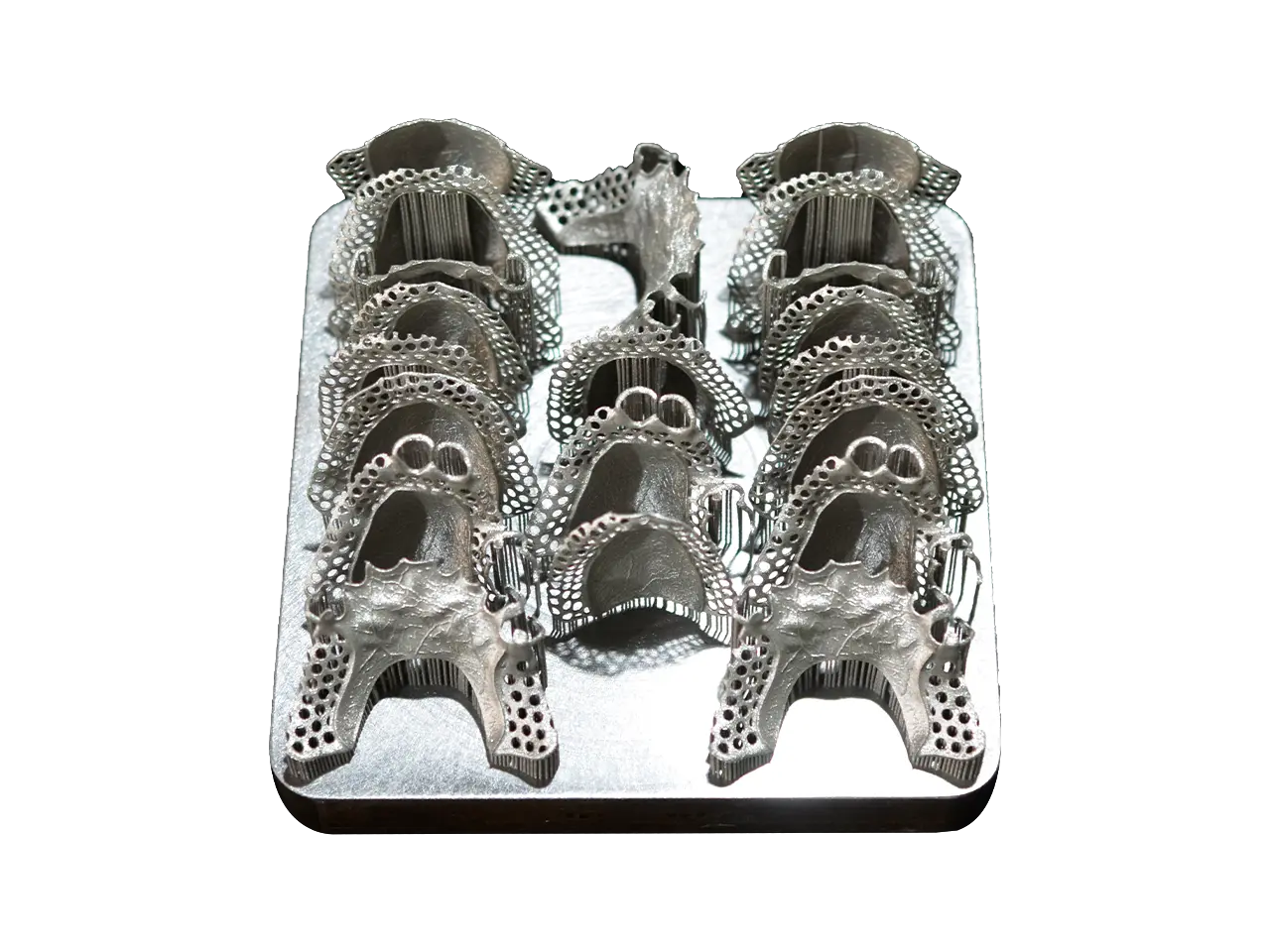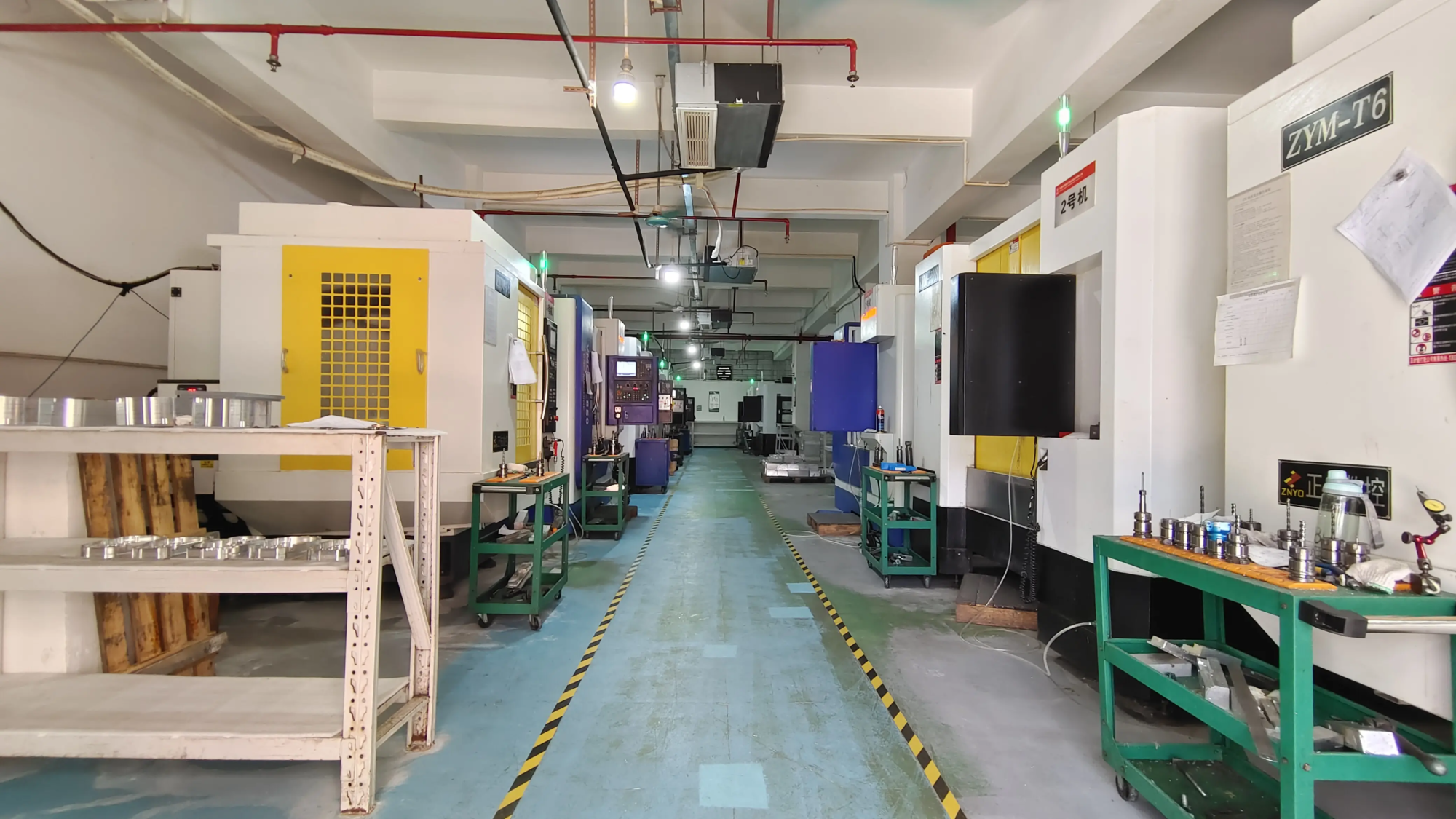Key lens: Strictly test 3D printed carabiner prototype
Loginers are seemingly simple devices with huge responsibility. As an essential load-bearing connector for rock climbing, rescue operations, industrial safety and other areas, failure is not an option. With the rise of metal 3D printing (Addgen Manufacturing – AM), especially selective laser melting (SLM), engineers can quickly prototype complex carabiner designs. However, prototypes for components that are critical to these security require more than just geometric accuracy – It requires strict independent safety testing to exceed industry standards.
Why is security testing not negotiable
Traditional loggers are subject to strict international standards such as UIAA 121 (Climbing), EN 362 (Personal Fall Protection), or ASTM F1956 (High Strength), and traditional carabiners are extremely verified. These tests evaluate:
- tensile strength: Static load tests are performed along the main axis (typically 20-50 kN or higher) to measure the fault point.
- Gate strength: Force applied to the door in open and closed positions.
- Landscape loading: Simulate external axial stress.
- Durability: Repeat cycle and drop test gate function.
- Material integrity: Microstructure consistency, ductility and lack of key deficiencies.
For 3D printed carabiners – mainly in Prototyping and design verification phase – Replicating these tests is not only recommended; it is the basis of responsible engineering.
Testing the unique challenge of 3D printing trekking
SLM makes complex geometric shapes impossible to achieve by forging/machining. However, this potential brings AM-specific vulnerability that can increase the importance of testing:
- Anisotropy: Layer-by-layer structure can lead to changes in orientation strength. The intensity along the construction plane (XY) may be different from the Z axis (perpendicular), requiring multi-directional testing.
- Internal defects: Tiny porosity, voids or impermeable powder particles, which may be invisible outside, may become the starting point of catastrophic cracks under load. This requires complex NDT (non-destructive testing), such as micro CT scans, before the destructive testing.
- Surface defects: Compared to the processing site, the surface of the same scale usually exhibits higher roughness and potential stress concentration factors. Completion is crucial, but its impact must be verified.
- Residual stress: Strong thermal cycles during SLM can apply internal stress. Without proper heat treatment (pressure relief), the parts may exhibit unpredictable failure modes.
- Heat treatment effect: Equilibrium strength and ductility require precise thermal cycles (solution annealing, aging). Tests confirm the effectiveness of post-processing.
Great approach: At the forefront of security prototypes
At Greatlight, as an expert in precision SLM manufacturing and integrated post-processing solutions, we recognize that carabines prototypes involve more than just printing shapes. Our process for this critical component emphasizes testing ready:
- Materials Science Expertise: choose Correct Aluminum alloys (ALSI10MG), titanium (TI6AL4V) or professional steels require in-depth understanding of their AM behavior, weldability and post-treatment response.
- Precise process control: Detailed parameter optimization (laser power, scanning speed, hatching mode) minimizes porosity and ensures uniform layer fusion. Process monitoring system tracks vital signs.
- Mandatory post-processing: Each metal carabiner prototype undergoes tailor-made post-processing:
- Stress relief: Residual stress is eliminated immediately after printing.
- Supports disassembly and processing: The critical door interface is precisely machined with the CNC for smooth operation.
- Buttocks (heat etc. applied): Absolutely critical places (e.g., Ti alloy), HIP shuts down internal porosity and improves fracture toughness.
- Surface reinforcement: Automated blasting, vibrating finishes and targeted polishing reduces surface roughness and eliminates notch effects.
- Heat treatment: A dedicated oven provides precise T6 aging or annealing for targeted mechanical properties.
- AM and testable designs: Work with customers to optimize geometry for pressure distribution and printability. Include test functions where appropriate.
Simulation failed: key test method
Thoroughly testing a 3D printed carabiner prototype involves a series of procedures:
- Material Certification: Tensile testing of coupons printed with Dunkay hand confirmed the basic material properties (yield strength, UTS, elongation per ASTM E8/E21).
- Non-destructive assessment (NDE):
- Dye Penetrant Examination (DPI) or Fluorescent Penetrant Examination (FPI): Surface crack detection.
- Micro-togramming (Micro-CT): High resolution 3D volume scans to map internal defects, porosity and density distributions. This is usually this Most critical tests for AM login.
- Dimensional and functional quality inspection: Laser scan for dimensional accuracy, gate force measurement for smoothing operation.
- Destructive load test: Confirmed evidence. The prototype is subject to:
- Static tensile load along the main axis to fault. Record fault load and mode.
- Gate strength test (distant gate opening and closing test according to UIAA/EN standard).
- Twisted basket test to simulate obstacles on the hook.
- Cyclic gate actuation (thousands to tens of thousands of cycles).
A key reality check: prototype, not end-use part (not yet)
Tests prove design feasibility and help iterate over the best solutions, but it is crucial to articulate the current state:
- Regulatory barriers: Obtaining full certification of 3D printed carabiners (UIAA, EN, CE), a huge challenge arising from regulatory inertia and AM variability risks.
- Materials and process limitations: Even with state-of-the-art SLM and post-treatment, the perfect combination of ultra-high strength, ductility and fatigue resistance comparable to high-quality forging alloys is achieved and remains an active area for R&D throughout the production batch.
Conclusion: Testing is the basis of responsible innovation
3D printed carabiners represent an attractive boundary in engineering and safety equipment design. SLM’s rapid prototyping capabilities unlock incredible potential for complex, optimized geometry. However, Safety is absolutely not a prototype.
Strict, independent testing – simulating real-world failure scenarios and leveraging advanced technologies such as Micro-CT – is an essential bridge between new designs and feasible, reliable components. It identifies material weaknesses, validates post-processing efficacy, and ensures consistent performance with design intent.
For companies like Greatlight, promoting this strict testing system is indispensable for our services. From selecting the best alloy and printing parameters through precise post-processing to coordinating with the test lab, our expertise ensures that the prototype is not only geometrically reasonable, but also significantly validated. While regulated approved, mass-produced 3D printed carousel buckles for life crisis may be a future goal, Today, detailed security testing has transformed AM login prototypes from speculative models to important tools for innovation, verification and paving the way for a safer future for critical hardware.
FAQ: 3D printed carabiner safety test
Q: Can I use 3D printed carabiners for actual climbing or lifespan?
Answer: It is definitely not life safety. Prototyping tests validate design and process, but Does not constitute certification. Current AM production denkai hands lack standardized certifications (e.g. UIAA, EN, CE) required to actually use in situations where human life is at risk. They are invaluable for R&D, form/fit checks, and non-critical functional prototypes.
Q: Why is post-processing so crucial for 3D printed metal quilts?
one: The portion of equivalent pressure has inherent vulnerabilities: surface roughness (stress concentrator), potential internal porosity (weakness), and residual stress (an unpredictable risk of failure occurs). Post-treatment (processing, heat treatment, hips, surface finish) directly solves these defects, greatly improving strength, fatigue life and predictability under load – making the test results meaningful.
Q: What are the most important tests for these prototypes?
one: Although load testing is a certainty of strength, Micro-CT scan It can be said that it is the most critical. It reveals hidden internal defects such as voids or porosity that cannot be detected visually or through a simple surface inspection. These internal flaws are the main initiators of catastrophic failures under pressure.
Q: Can Greatlight perform all required security tests internally?
one: We offer comprehensive SLM printing, sophisticated post-processing and material properties testing (stretch coupon testing). However, independent certification laboratories perform specialized destructive load tests (primary axis, gate intensity) and microgrouping scans. We manage the entire workflow, including coordination with an accredited testing lab and ensuring that prototypes are optimally prepared for them.
Q: Which material is best for high-strength 3D printed carabiner prototypes?
one: Choice depends on requirements (strength weight, corrosion resistance, cost):
- Titanium Ti6al4v (Grade 5 or Grade 23): Excellent strength and weight, biocompatibility, corrosion resistance. The most common are crucial applications. Strict process control is required.
- Aluminum ALSI10MG: Good strength and stiffness, lighter, more cost-effective, excellent printability. Heat treatment is required for optimal strength.
- Maraging Steel (e.g., 1.2709): Excellent final tensile strength after aging. Heavier. Ideal for high load static applications.
Q: How long does it take to test a prototype?
one: Production time involves printing (hours), mandatory post-processing (days: heat treatment, machining, finishing) and external testing (laboratory scheduling increases for weeks). A typical project that includes design, printing, post-processing, NDE and initial load testing can take 4-7 weeks. Complex cases (hip, deep CCT analysis) take longer.
Q: Will certified 3D printing end up with carabiners?
one: This is the main focus of industry research and development. Success depends on implementation Excellent consistency In material properties (eliminating defects), strict process monitoring, reliable post-processing standards and an evolving regulatory framework. The progress is stable, but extensive authentication usage of critical applications is still within scope. Responsible prototyping and testing are key steps towards the future.





